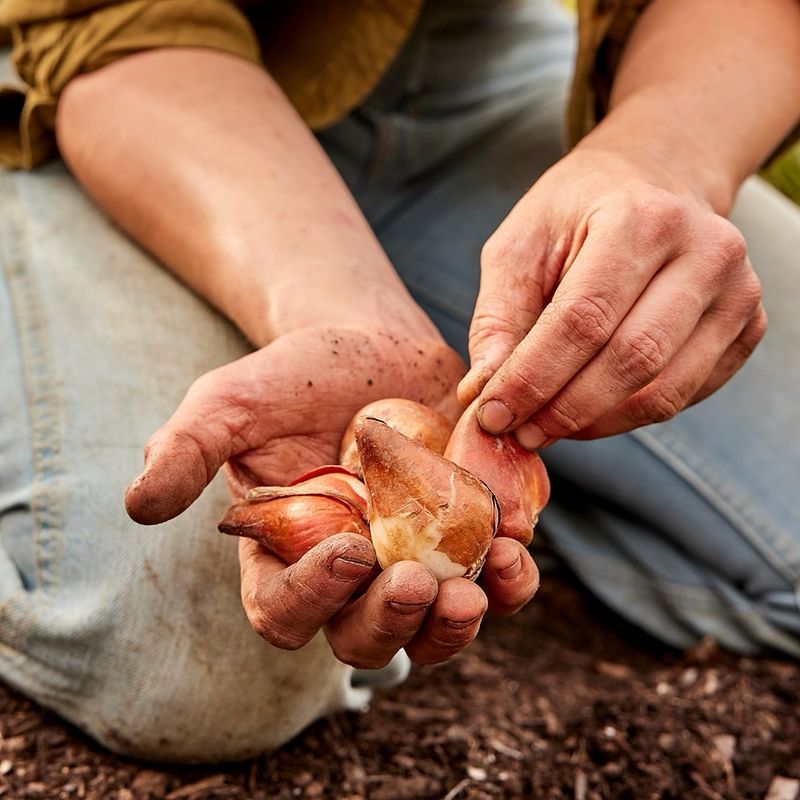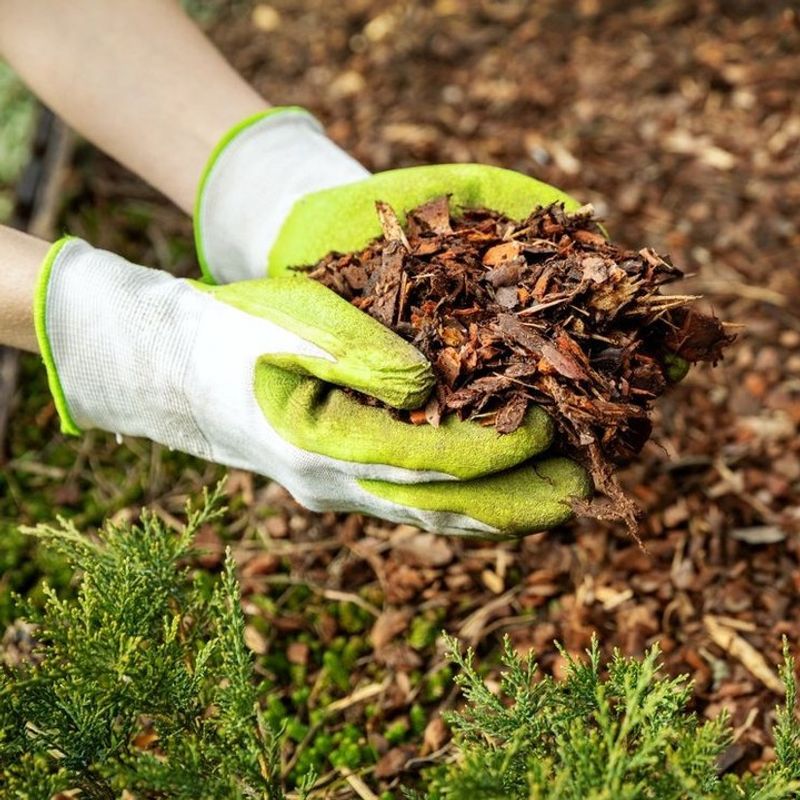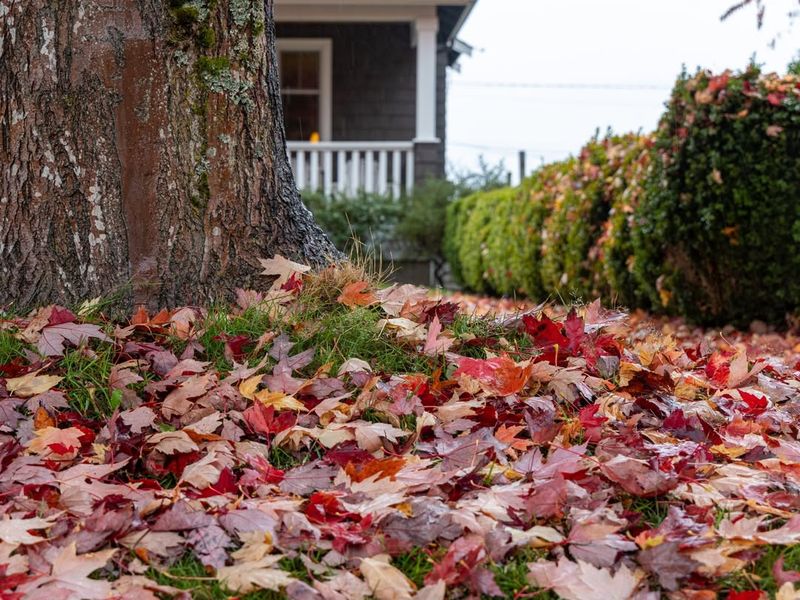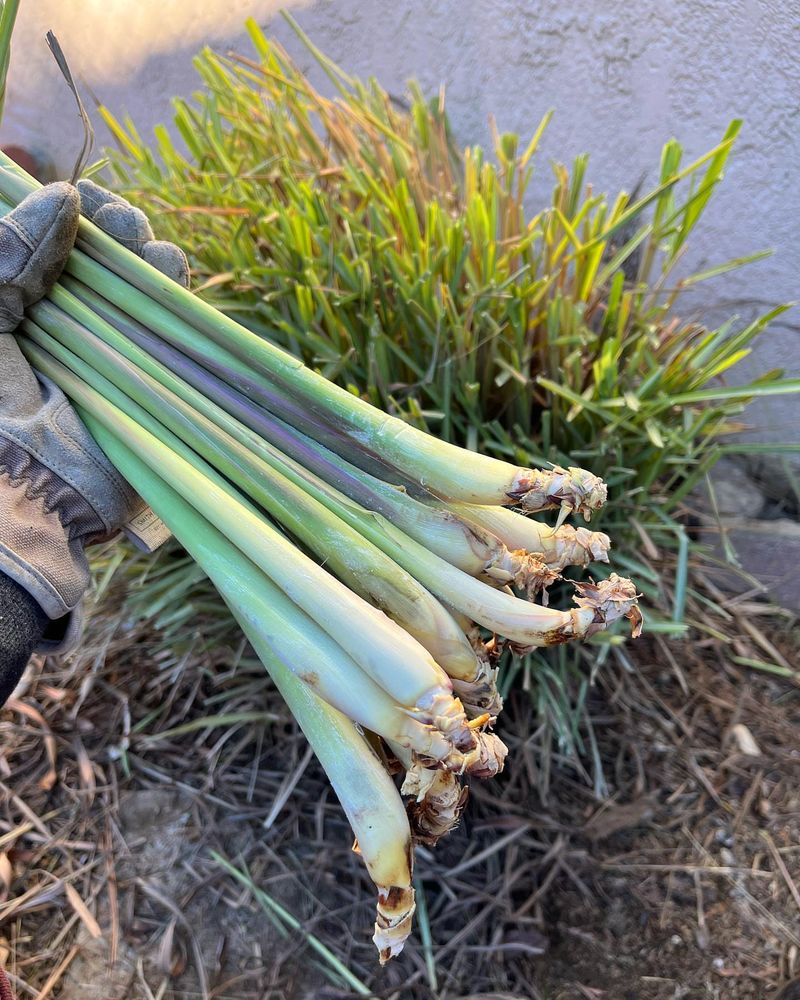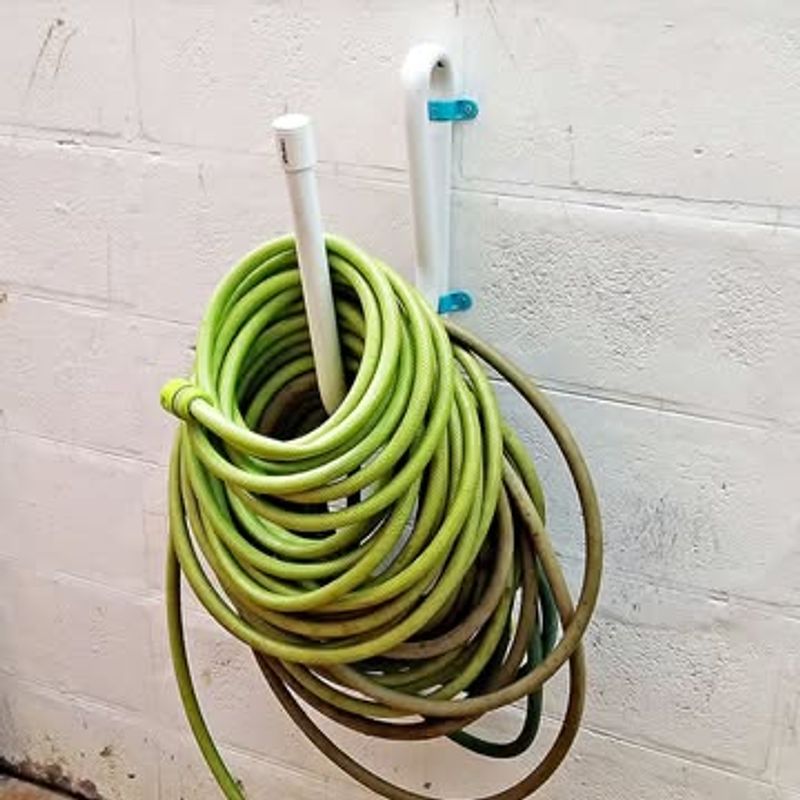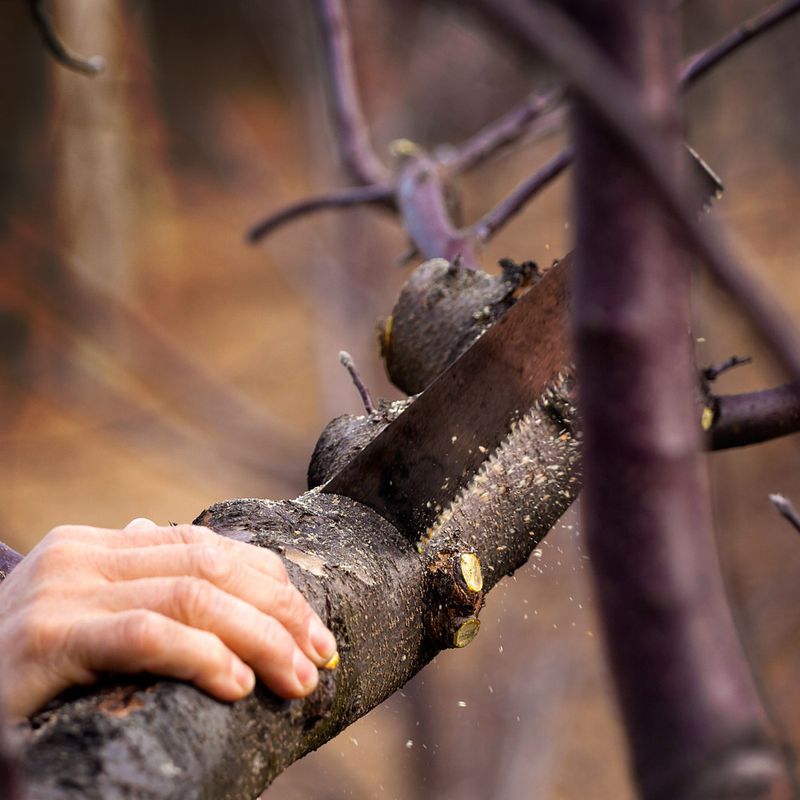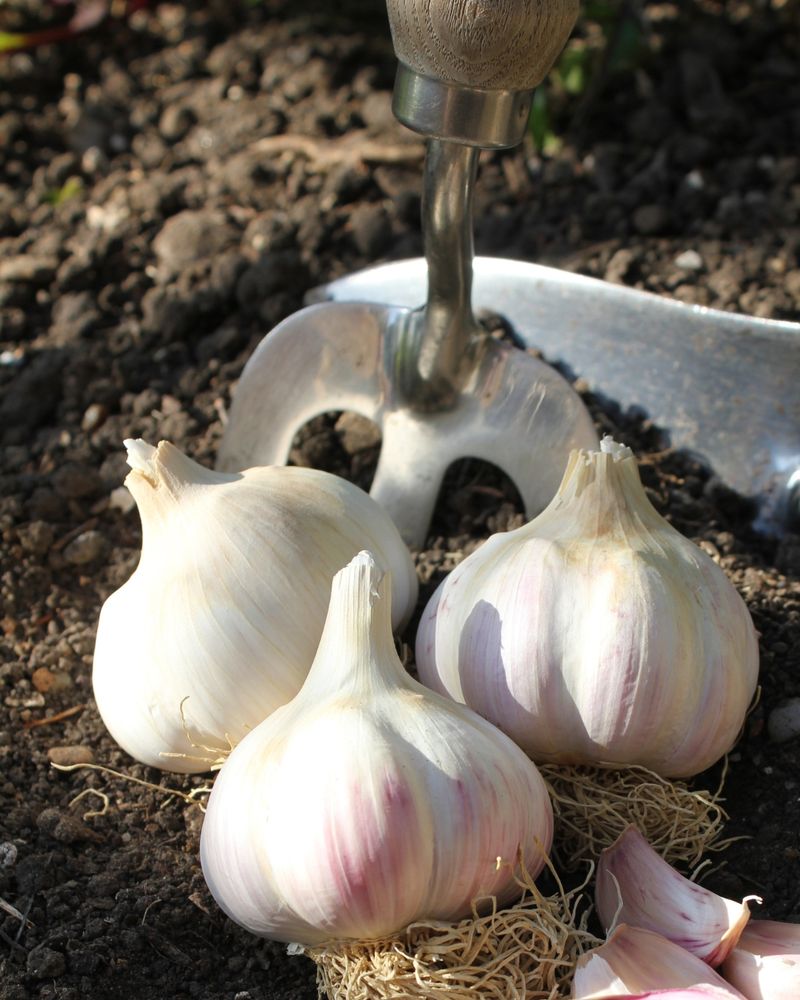November has a way of sneaking up on Maryland yards, turning bright fall colors into bare branches almost overnight. The shift can feel sudden, but this month sets the stage for a strong spring. A little attention now keeps lawns steady, beds protected, and plants ready for the cold stretch ahead.
Cool days make outdoor work easier, and even a few small tasks can give a yard the boost it needs before winter settles in. With the right priorities in place, a Maryland garden can stay in good shape long after the last leaf hits the ground.
1. Plant Spring-Blooming Bulbs Before The Ground Freezes
Tulips, daffodils, and crocuses need cold weather to bloom beautifully in spring. Maryland’s November soil is still workable, making it the perfect time to get these bulbs in the ground. Dig holes about three times deeper than the bulb’s height and place them pointy-side up.
Add some compost to the planting hole for extra nutrients. Water them well after planting, then let nature take over. Come spring, you’ll be rewarded with gorgeous blooms that brighten up your yard after the long winter months.
2. Protect Tender Perennials With Mulch
A thick blanket of mulch acts like a cozy winter coat for your plants. Spread two to four inches of shredded leaves, wood chips, or straw around perennials after the ground starts to freeze. This insulation prevents the soil from repeatedly freezing and thawing, which can damage plant roots.
Focus especially on newer plantings and less hardy varieties. Wait until after a hard freeze to apply mulch, or you might create a warm home for mice and other pests looking for winter shelter.
3. Rake And Compost Fallen Leaves
Those colorful leaves covering your lawn might look pretty, but they can smother grass if left too long. Raking them up prevents disease and keeps your lawn healthy. Instead of bagging leaves for trash, turn them into garden gold by composting them.
Shredded leaves break down faster and make excellent compost for next year’s garden. You can also use whole leaves as free mulch around trees and shrubs. Nature’s recycling system works perfectly when you let fallen leaves nourish your soil instead of filling landfills.
4. Cut Back Spent Annuals And Vegetables
Frost has likely ruined your summer annuals and vegetable plants by now. Removing these plants prevents diseases from overwintering in your garden beds. Pull up entire plants, including roots, and add healthy material to your compost pile.
Diseased plants should go in the trash instead. Clear out tomato cages, stakes, and trellises for storage. A clean garden bed makes spring planting easier and reduces pest problems. Leave some perennial seed heads standing, though, as they provide food for winter birds and architectural interest.
5. Drain And Store Garden Hoses And Irrigation Systems
Water left inside hoses and irrigation lines can freeze and cause expensive damage. Disconnect all hoses from outdoor faucets and drain them completely by stretching them out on a slope. Coil them loosely and store in a shed or garage.
Blow out sprinkler systems or drain them according to manufacturer instructions. Insulate outdoor faucets with foam covers to prevent pipes from bursting. Taking thirty minutes now to winterize your watering equipment saves you from costly repairs and replacements when spring arrives.
6. Apply Lime To Adjust Soil pH
Maryland soils tend to be acidic, which many vegetables and flowers don’t prefer. November is an ideal time to add lime because it needs several months to work into the soil and adjust pH levels. First, test your soil to see if lime is even necessary.
Spread lime evenly using a broadcast spreader, following package directions for application rates. Rain and snow will gradually work the lime deeper into the ground. By spring, your soil will be properly balanced for optimal plant growth and nutrient absorption.
7. Prune Damaged Tree Branches
Winter storms can turn weak branches into dangerous projectiles. November’s bare trees make it easier to spot diseased, or damaged limbs that need removal. Cut branches back to healthy wood or to the main trunk using proper pruning techniques.
Avoid heavy pruning of most trees now, as major cuts should wait until late winter. Focus only on safety issues and obvious problems. Remove branches rubbing against your house or hanging over power lines. Clean cuts heal better than torn branches, so use sharp tools for the job.
8. Plant Garlic Cloves For Next Summer’s Harvest
Garlic needs a cold period to develop properly, making November planting essential for Maryland gardeners. Break apart garlic heads into individual cloves, keeping the papery skin intact. Plant cloves four inches deep and six inches apart with the pointed end facing up.
Choose a sunny spot with well-drained soil enriched with compost. Mulch the bed after planting to protect cloves through winter. Garlic is one of the easiest crops to grow, and homegrown bulbs taste far superior to store-bought varieties you’ll harvest next July.


